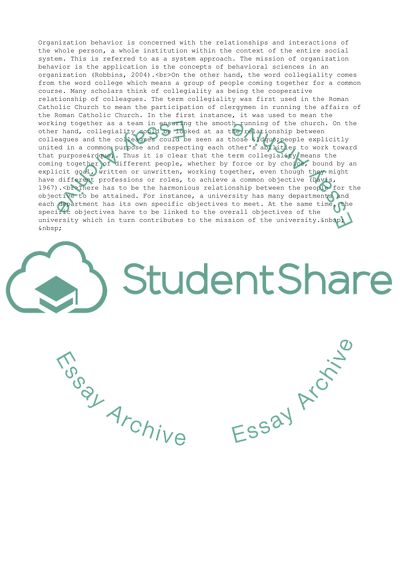Cite this document
(“Collegiality in Organization Behavior Term Paper”, n.d.)
Collegiality in Organization Behavior Term Paper. Retrieved from https://studentshare.org/management/1760821-collegiality-in-organization-behavior
Collegiality in Organization Behavior Term Paper. Retrieved from https://studentshare.org/management/1760821-collegiality-in-organization-behavior
(Collegiality in Organization Behavior Term Paper)
Collegiality in Organization Behavior Term Paper. https://studentshare.org/management/1760821-collegiality-in-organization-behavior.
Collegiality in Organization Behavior Term Paper. https://studentshare.org/management/1760821-collegiality-in-organization-behavior.
“Collegiality in Organization Behavior Term Paper”, n.d. https://studentshare.org/management/1760821-collegiality-in-organization-behavior.


